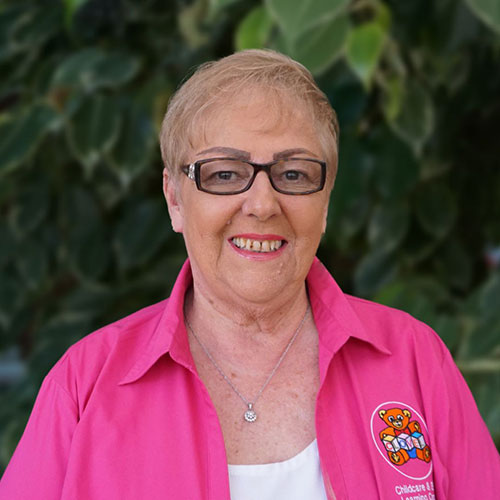Parents and caregivers often assume that a child’s early education begins when they step into their classroom and ends when they leave for the day…not so! Children are learning sponges, soaking up information throughout their days wherever they are, and parents and caregivers play an integral role in supporting the learning that takes place inside the classroom.
Yet, even when parents acknowledge they should be supporting their child’s learning, many are unsure how to go about it. Some are unsure where to start while others fear they might do something wrong that will “undo” all the progress their child made in the classroom.
That’s why we’ve created a list with our top 3 ways you can support the education your child receives at school. And would you like to hear the best part? None of them are hard! That’s right…these tips are easy to understand, simple to implement, and will ensure your child is receiving positive reinforcement outside of their class lessons.
1. Talk to Your Child’s Teacher
One of the best ways to understand how you can support your child’s education is by talking to your child’s teacher. There’s nothing teachers love more than engaged parents and setting up a conference to discuss how you can help maintain your child’s educational gains is an excellent place to start.
During the conference, your child’s teacher will explain to you exactly how you can support your child, and he or she may offer examples of specific activities you can set up that will make the at-home tasks fun. It could be as simple as reading books together or playing a game that supports hand/eye coordination, but you can rest assured your child’s teacher will have plenty of ideas…and be so grateful to have your support.
2. Make Sure Your Child Gets Plenty of Play Time
If you are a regular reader of our blog (thank you!) you know how important play is in the education of a child. Play is the work of childhood. It is through this medium that children learn to make sense of the world and understand their place in it. Play teaches children to plug into their imaginations, to empathise with others, and helps them understand important mathematical and spatial concepts.
But many parents don’t realise there are specific types of play. By understanding how different types of play support different aspects of learning, parents can better structure their child’s day to incorporate varied play outside of school.
Types of play include:
- Story time: Spend time reading to children and also letting them sit quietly on their own with a stack of picture books.
- Constructive play: Bring out those building toys! Things like blocks, Lego Duplos, Lincoln Logs, and Playdough can all be used to help children construct the dreams of their imagination.
- Outdoor play: Go on a nature scavenger hunt, pick flowers, or collect leaves.
- Physical play: We all know how much preschoolers need to move. Allow time for running, jumping, hopping, and climbing. Playing games like hide-and-seek or Simon Says are great for getting the wiggles out.
- Music play: Children love to listen to music and dance. Get a set of hand instruments and let your child bang, tap, and clang to the music.
- Imaginative play: Your child can use dress-up clothes, costumes, action figures, dolls, and puppets to take on the persona of someone else (book characters, animals, action heroes, etc.).
As you can see, there are so many different types of play. Your child could play for an entire day and not get them all in! The key is to switch things up to support different aspects of your child’s learning while keeping them interested.
3. Support Specific Areas of Learning
Your teacher may indicate your child could use extra support in a specific area of learning, such as:
- Literacy: The single most important thing you can do to support your child’s literacy is to read. Read to your child. Allow your child to read to you if they are able. If they are not yet readers, let them tell you a story they know by heart as they flip the pages.
- Mathematics: Let your child help you sort laundry into categories…shorts, pants, socks, etc. Ask them to separate their blocks into piles according to color. Add counting books into your reading time and look for shapes while playing I Spy.
- Science: At its core, the scientific method is about asking questions…something that preschool-aged children love to do. Engage your child’s natural curiosity by encouraging them to ask questions…Why did my block tower fall over? Why did it fall down instead of up? Don’t feel as though you must have the answer to every question a child asks—assure them that the two of you will discover the answer together.
By working alongside educators to provide the necessary support, you can help your child thrive…within the classroom and beyond!
Thanks for reading,
Clovel Childcare
1300 863 986












